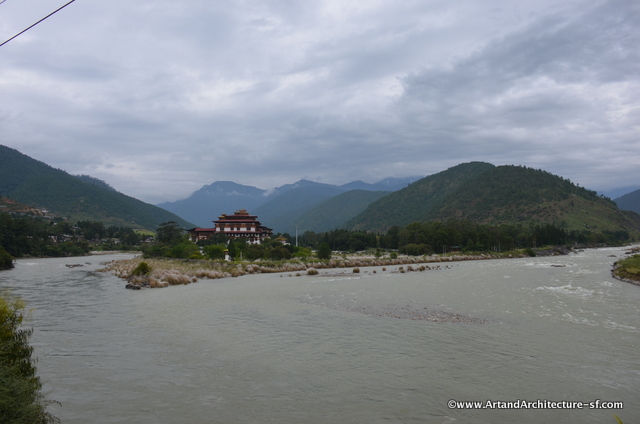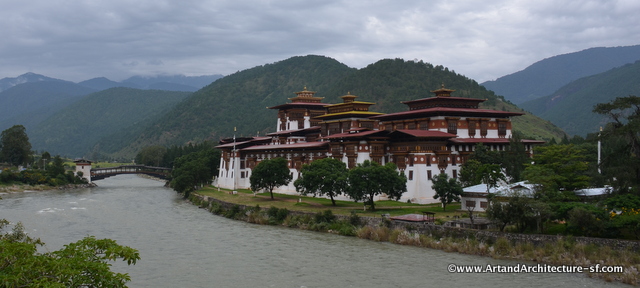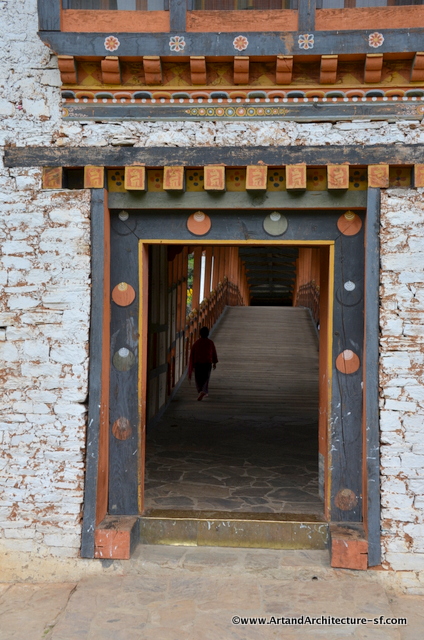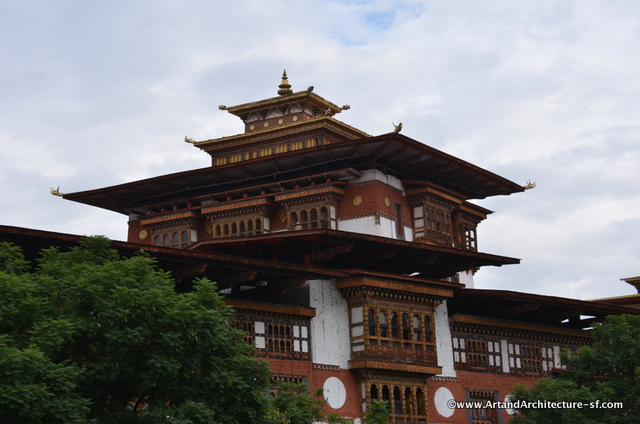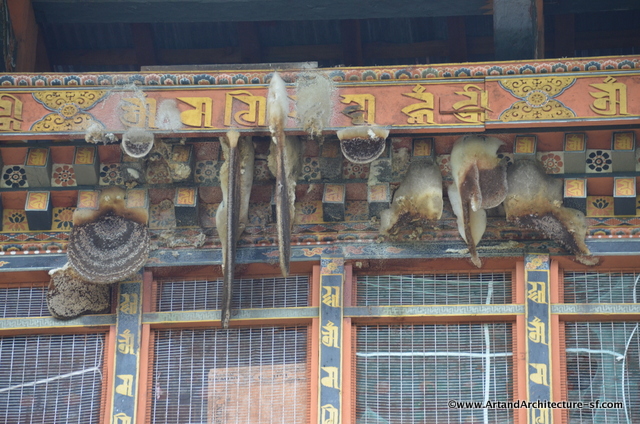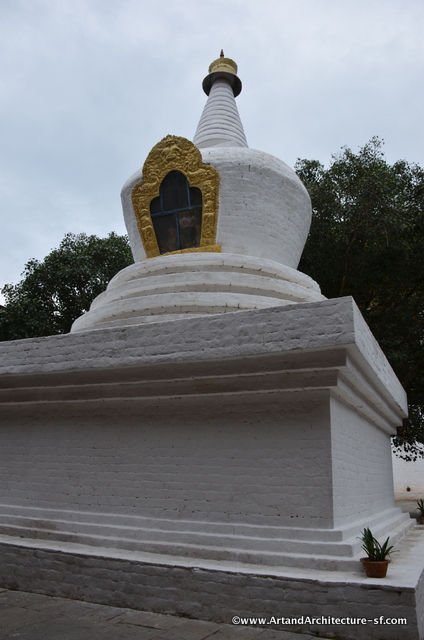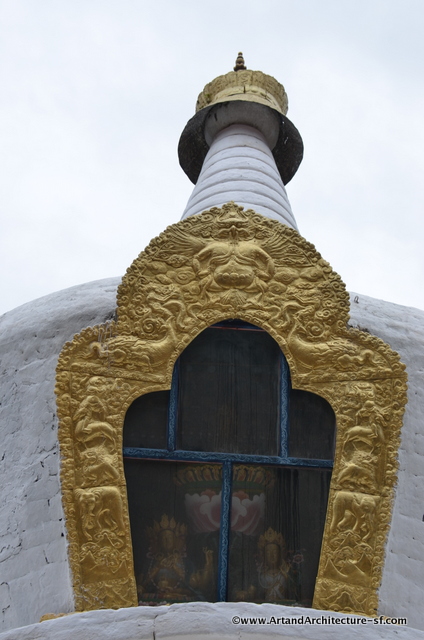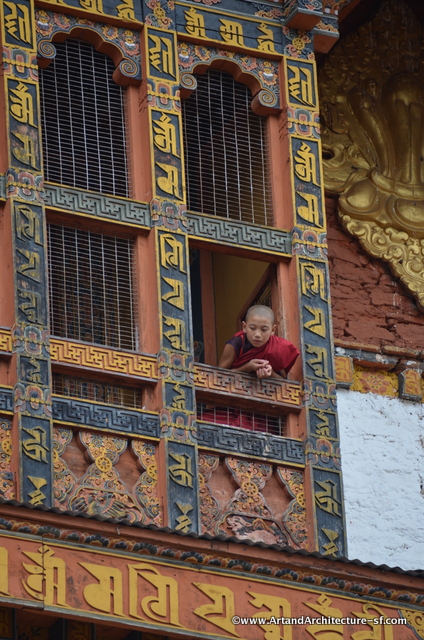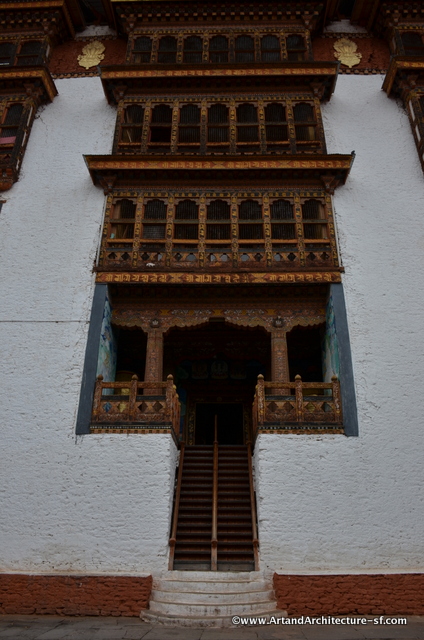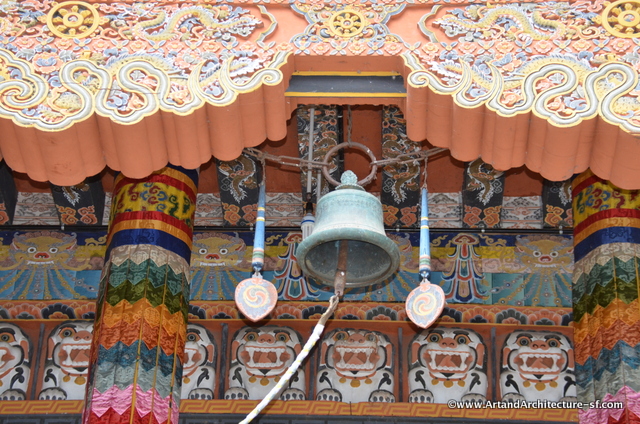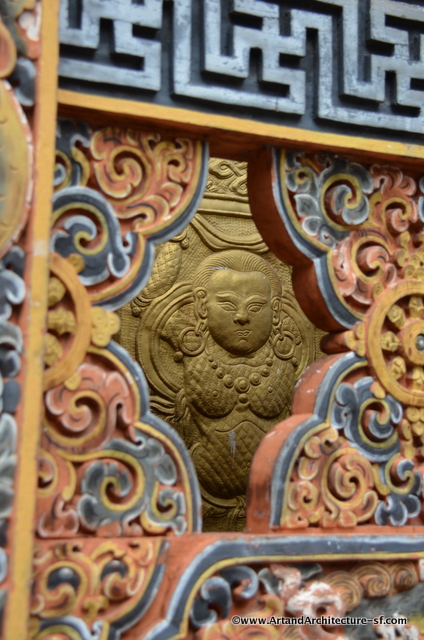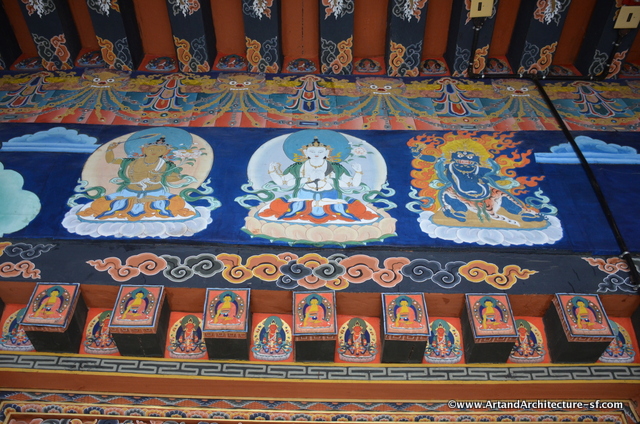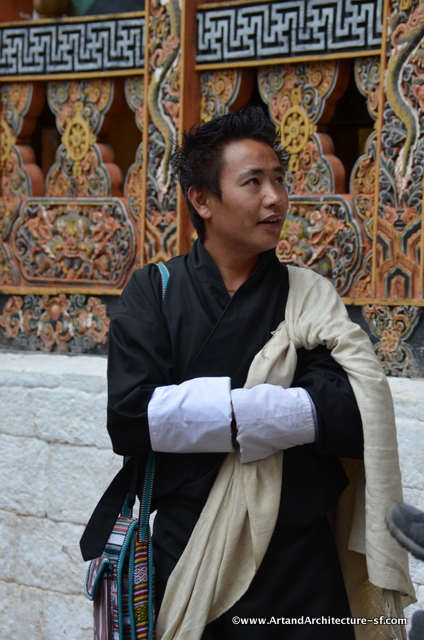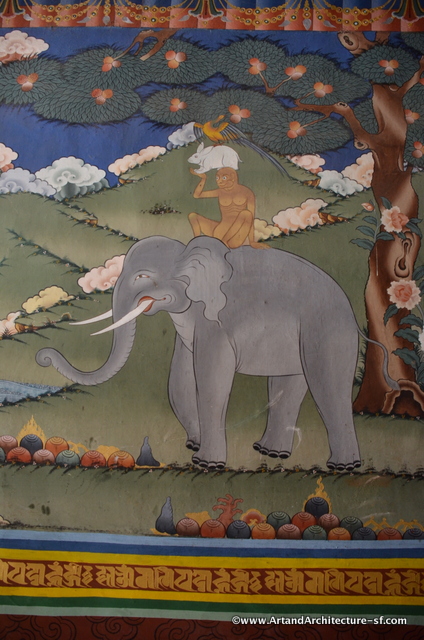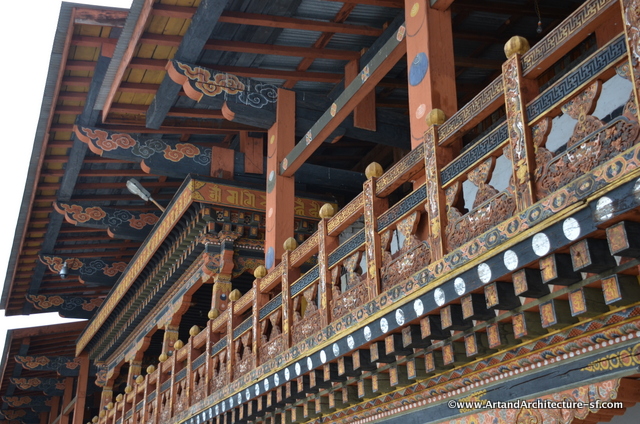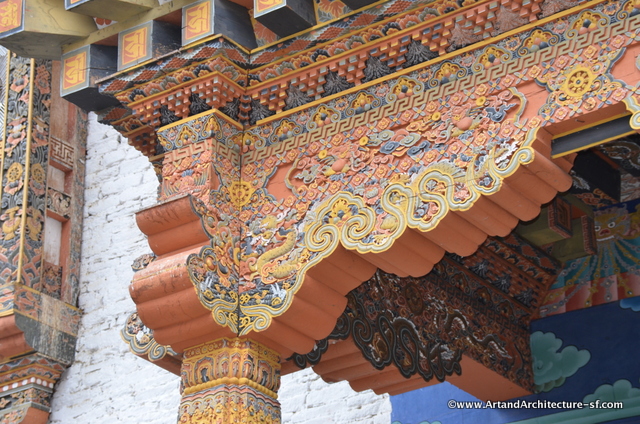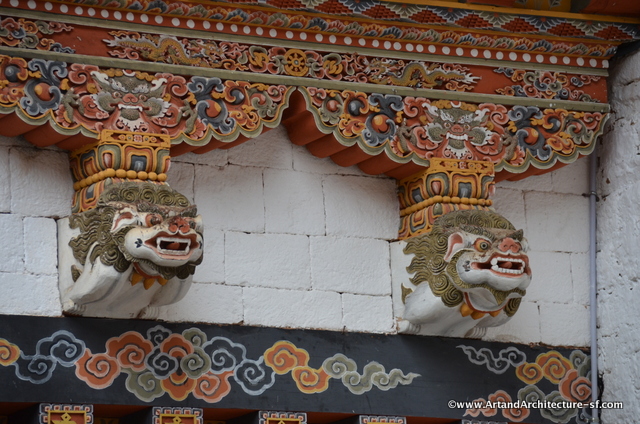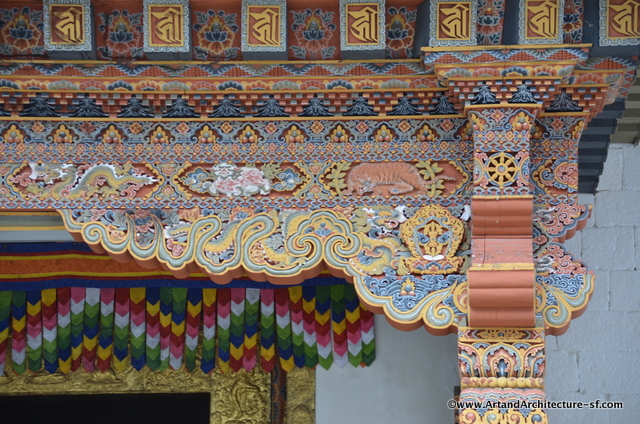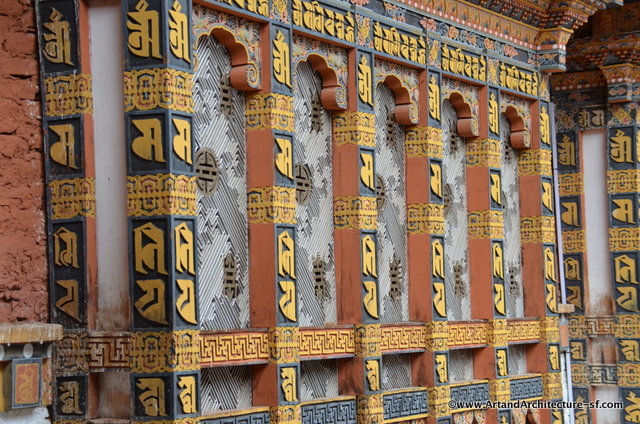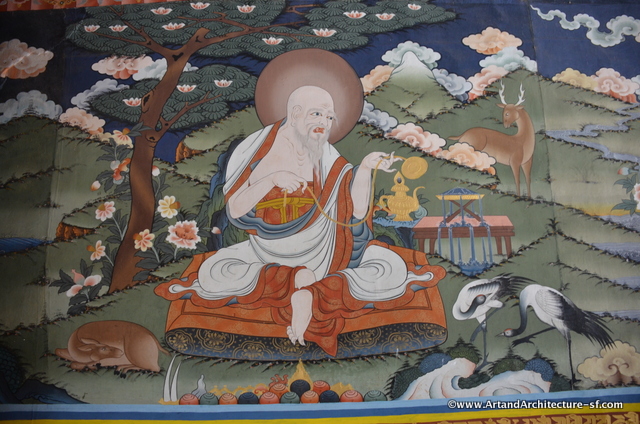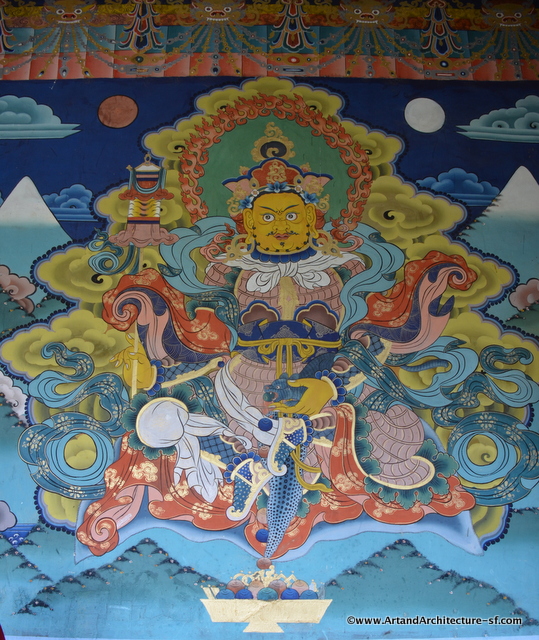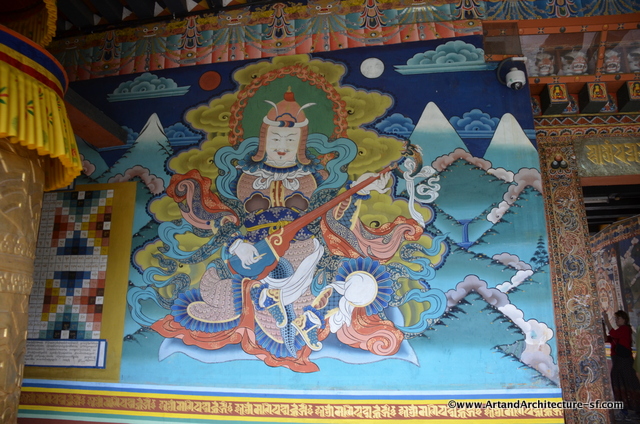September 2015
Punakha, Bhutan
The Punakah Dzong is one of the must do’s of Bhutan, situated at the convergence of the Mo Chuu and the Po Chuu, it was the second dzong of Bhutan and was built by the Zhabdrung in 1637. The Punakah Dzong serves as the winter home for the Je Khenpo (Buddhist Abbot) and is the venue for the coronation of Bhutanese Kings.
The seat of government until it was moved to Thimpu in the 1950s, this is truly the most beautiful dzong in all of Bhutan.
The gold dome of the six story utse was built in 1676 with much of the rest of the buildings being added between 1744 and 1763.
Frequent fires, the earthquake of 1897 and a burst of a glacial lake in 1994 have done damage over the years, but the dzong stands beautifully in defiance of what mother nature can throw at her.
This dzong has three docheys (courtyards) instead of the usual two. The first courtyard houses this huge white chorten and serves administrative functions.
The second courtyard houses monastic quarters.
The two docheys are separated by the Utse, the central structure of the Dzong.
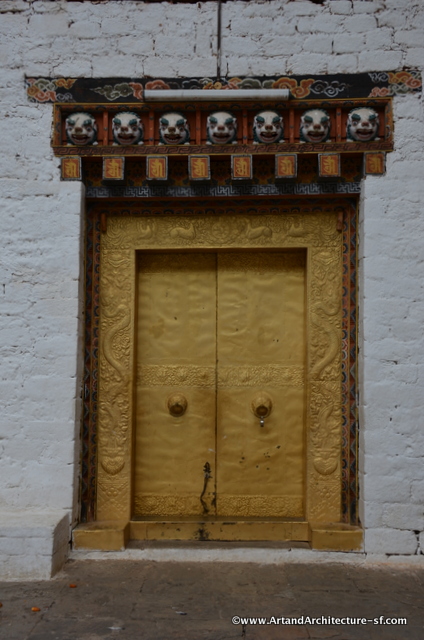
Doors to the hall where Ugyen Wangchuck, later the first king, was knighted by the Indian Empire in 1905.
In the third dochey is the temple, photos are not permitted, but it is truly awe inspiring. The paintings, the wood work, the metal work is craftsmanship at its absolute zenith.
*
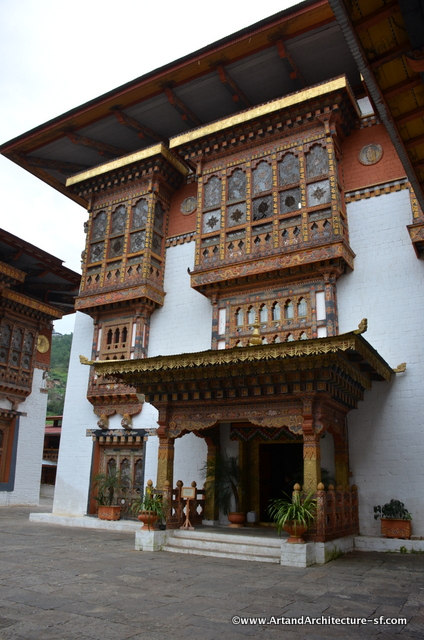
This building, open only to the Je Khenpo and the King, is the Machey Lhakhang. Machey means sacred embalmed body. Here is the body of Zhabdrung Ngaway Namgyal, where both the King and the Je Khenpo come to take blessings before taking office.
Bhutan’s most honored treasure is housed in this dzong. The Rangjung Kharsapani, brought from Tibet to Bhutan, is an image of the Chenresig (also known as the Avalokiteśvara “Lord who looks down”) and is kept in the utse.
The story goes that in 1639 Zhabdrung Ngawang Namgyal tricked a Tibetan army by secreting the relic in his sleeve and throwing a subsitute into the river. With this sleight of hand he saved his throne, and explains why the men all wear their sleeves rolled up to their elbows. The white of the sleeves, by the way, symbolizes purity.
Here are some images from throughout the Dzong.
This painting is found everywhere in Bhutan, it is the story of the Four Harmonious Friends. The image is of a bird, rabbit and monkey standing on each others shoulders and then they all stand on the back of an elephant. It is the epitome of social harmony.
It is said that the bird finds a seed and plants it, the rabbit waters it, the monkey fertilizes it, and once it has sprouted and grown the elephant protects it.
By working together they all are able to reach and enjoy the fruit.
*
Kuzuzangpo!
